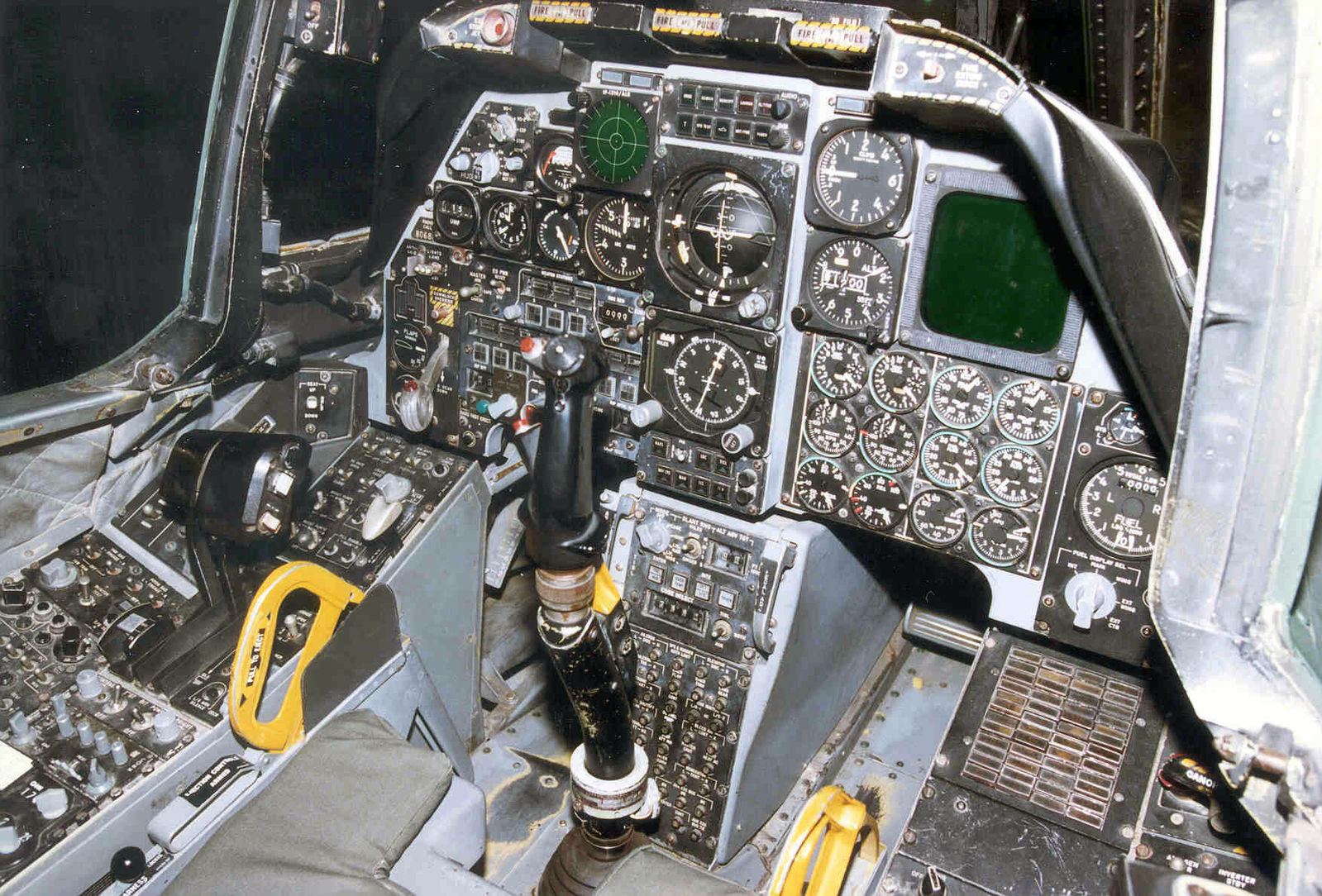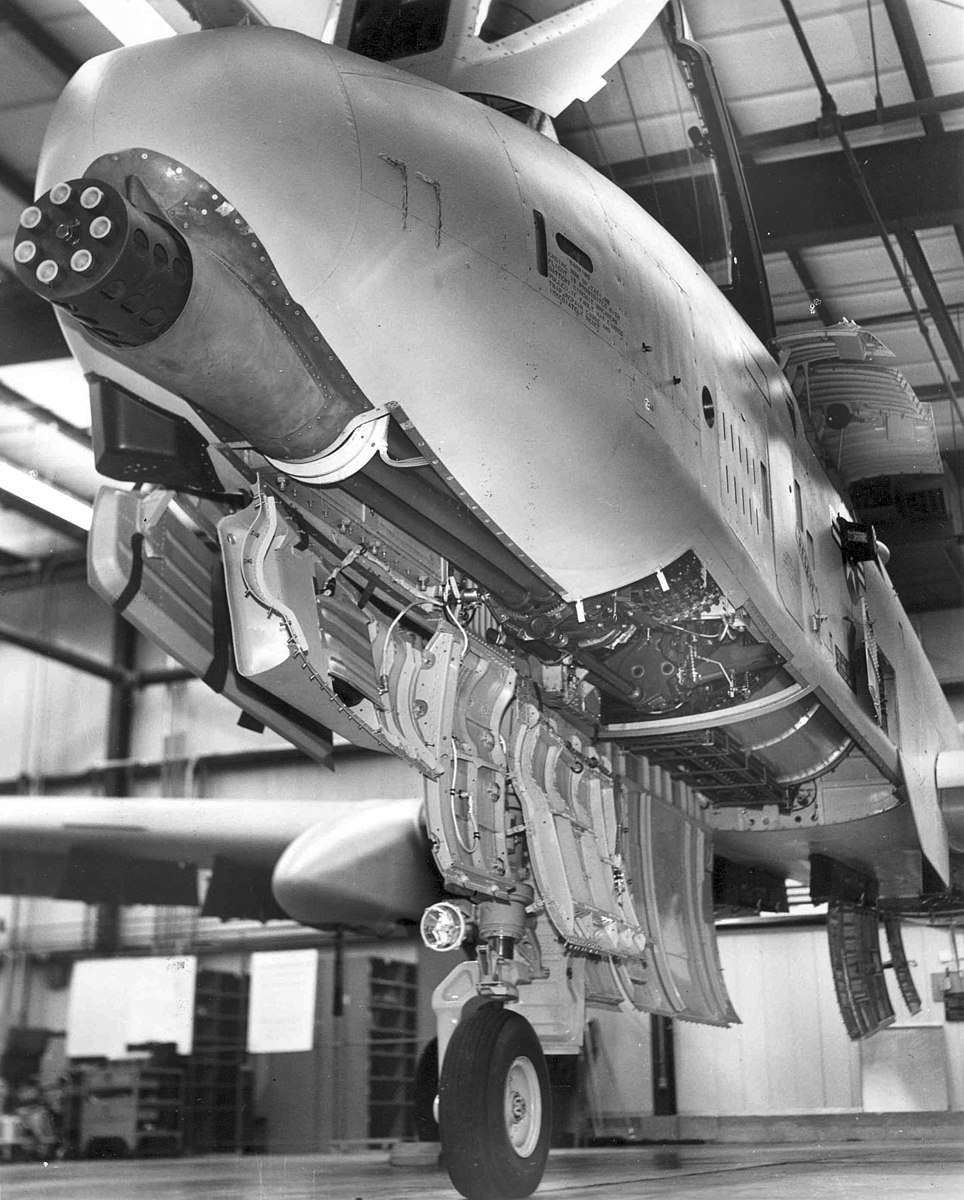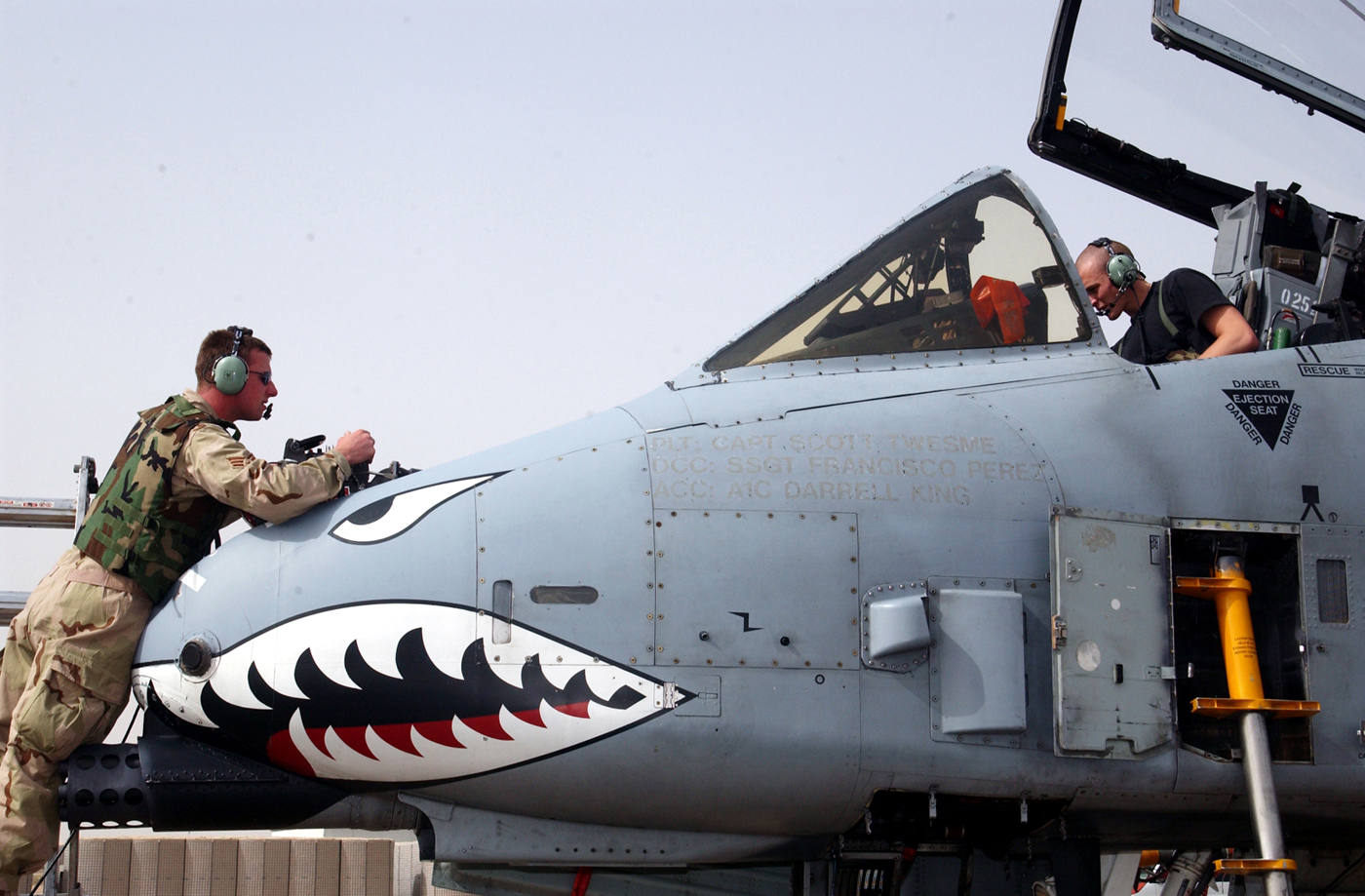
Since its introduction, the A-10 Thunderbolt II, fondly nicknamed the ‘Warthog,’ has built an unassailable reputation in close air support.

Its legendary history showcases a blend of rugged durability, powerful weaponry, and a steadfast dedication to protecting ground troops—qualities that have secured its esteemed status in the United States Air Force (USAF).

Commissioned into service in 1976, the A-10 Thunderbolt II was a product of the Cold War era, designed to decimate Soviet armor with its unparalleled GAU-8 cannon and an arsenal of Maverick missiles and laser-guided bombs.

“As it was originally designed to counter Soviet tanks in Europe, the A-10 is equipped with up to 16,000 pounds of Maverick missiles, laser-guided bombs and a seven-barrel 30mm GAU/8A ‘Gatling Gun’ cannon,” one of the reference articles noted.

With a wingspan of 57 feet 6 inches and a maximum speed of 420 mph, this aircraft was engineered for survival in the most hostile environments.

Described as “probably the most difficult plane to shoot down ever built,” its resilience was due to features such as electronic countermeasures, self-sealing fuel tanks, and a titanium armor plate protecting the pilot and vital flight controls.

It was indeed a titan of the skies with a cost-effectiveness that defied its $20 million price tag per unit.

The A-10’s legendary status was cemented during the 1991 Persian Gulf War, where it annihilated a quarter of Iraq’s arsenal, including 967 tanks and over a thousand pieces of artillery.

With an impressive mission-capable rate of 95.7%, the Warthog’s significance in the annals of military history was undeniable.

Beyond its brute force, the A-10C variant showcased technological adaptations that kept it at the forefront of modern warfare.

Night Vision Imaging Systems, Helmet Mounted Cueing Systems, and a cockpit compatible with night vision goggles showcased its evolution to maintain tactical superiority.

Despite several attempts to retire the fleet, the A-10 has proved to be an enduring asset in the USAF’s arsenal.

As of 2023, approximately 281 A-10s remain in service, with the Air Force slated to retire 21 of these in the same year.

However, the future of the fleet remains a topic of congressional scrutiny, as no other aircraft has yet demonstrated the capability to supplant the A-10’s close air support role effectively.

The story of Colonel Kim “Killer Chick” Campbell’s A-10, which returned to base after sustaining a missile strike in Operation Iraqi Freedom, exemplifies the Warthog’s survival instincts. She received the Distinguished Flying Cross for Heroism, symbolizing the spirit of the A-10 and its pilots who have weathered the storm of battle with unwavering resolve.
Relevant articles:
– 10 Thunderbolt II at the Cradle of Aviation Museum, Cradle of Aviation Museum
– A-10C Thunderbolt II, AF.mil
– A-10 Warthog Thunderbolt II: over 50 years in service, AeroTime, Dec 27, 2023

